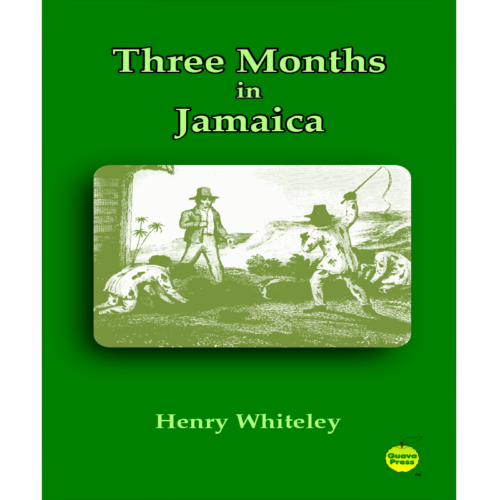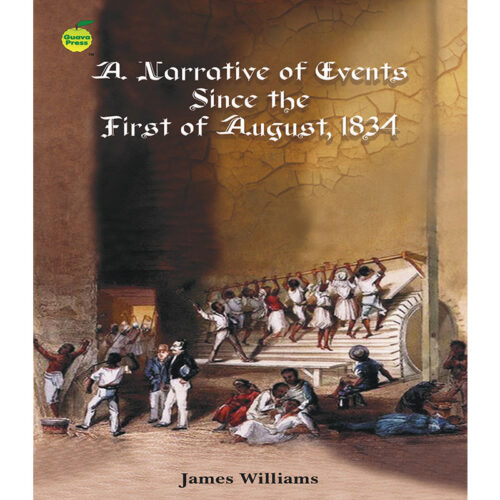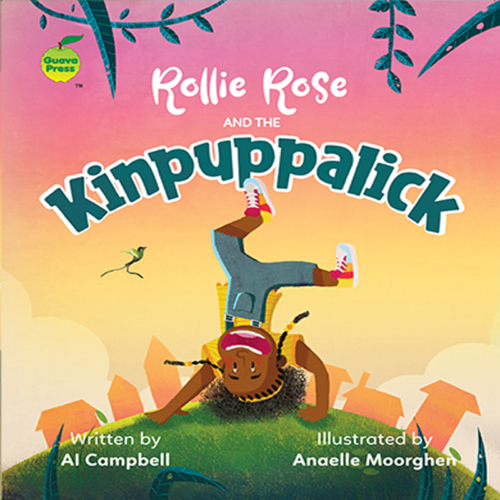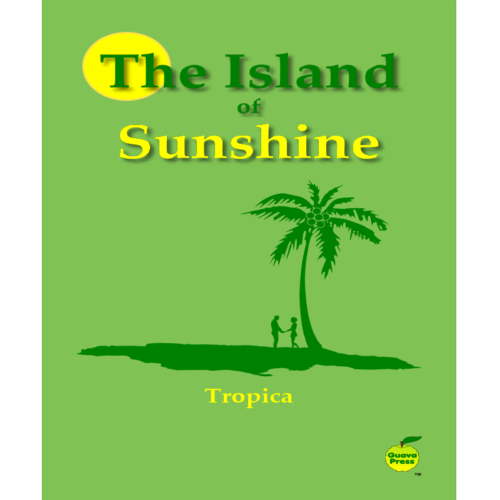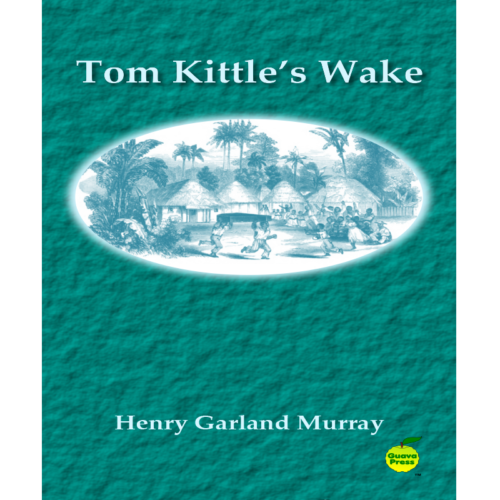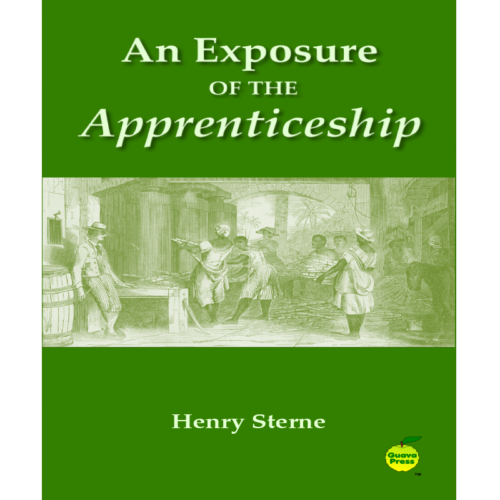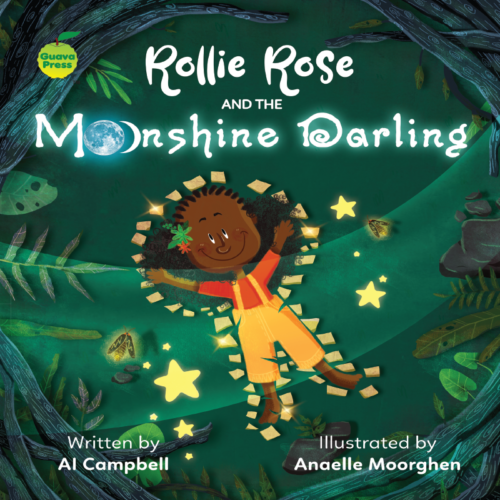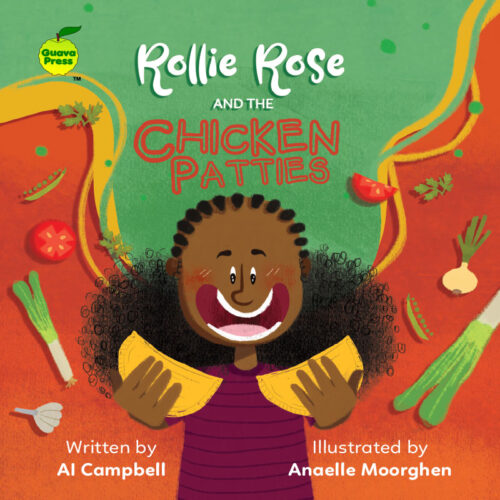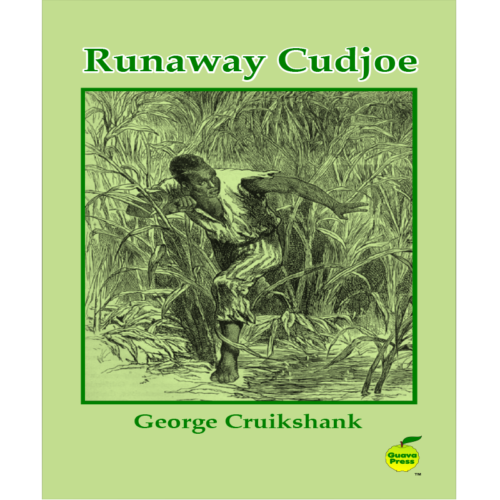-
By Henry Whiteley In 1832, Henry Whiteley, a young Methodist clergyman, travelled to Jamaica on a mission to preach the gospel to the Negro slaves and convert many to Christianity. Three Months in Jamaica is Whiteley’s account of that visit. The account was published in June 1833, and is one of the few remaining records of the working conditions and methods of punishment that existed on Jamaican sugar plantations during the period (1655-1838) when the British system of slavery existed throughout the island. An excerpt from Three Months in Jamaica: I proceeded on horseback to New Ground estate the next day. On my way thither I saw much majestic arid beautiful scenery, and enjoyed the prospect exceedingly, until I came in sight of a gang of negroes at work. Most of them were females; and they were superintended by a driver, with the cart-whip in his hand. Just as I rode past, the driver cracked his whip and cried out, “Work! Work!”
-
By James Williams In A Narrative of Events Since the First of August, 1834, James Williams, a Jamaican “apprentice” (former slave), describes his experiences under the British apprenticeship system that was established as a transition period from slavery to free labour to facilitate the gradual abolition of slavery within the British empire in 1833. His account tells of the brutal punishments he had to endure, including numerous floggings and imprisonments. He also describes the prison conditions where the use of the treadmill was common, as well as how women were constantly abused in many ways. Williams concludes that the system of apprenticeship worsened the conditions of Jamaican ex-slaves, as the former slave-owners used the Jamaican legal system to constantly harass and punish them. An excerpt from A Narrative of Events Since the First of August, 1834: I have been very ill treated by Mr. Senior and the magistrates since the new law come in. Apprentices get a great deal more punishment now than they did when they was slaves; the master take spite, and do all he can to hurt them before the free come;—I have heard my master say, “Those English devils say we to be free, but if we is to free, he will pretty well weaken we, before the six and the four years done; we shall be no use to ourselves afterwards.”
-
By Al Campbell and Illustrated by Anaelle Moorghen Kinpuppalick! Say what? What’s that? Children will delight in reading about Kinpuppalick, the Jamaican word for somersaults. Say it, Kinpuppalick! Join Rollie Rose as she enjoys doing amazing somersaults. She loves to do body flips but only when she gets a new friend does she discover another word for her fun activity — Kinpuppalick! Read and enjoy this rollicking Rollie Rose story of true friendship and carefree fun that’s perfect for early readers.
-
By Mary O. Walcott The Island of Sunshine by Mary O. Walcott (aka Tropica) was first published in 1904. The poignant verses draw upon metaphors to celebrate her island home of Jamaica. The poet offers original and inspiring reflections on the island’s unique flora and fauna, while also allowing glimpses into a colonial society. An excerpt from The Island of Sunshine: O quaint old isle of hidden dreams! Thy lonely paths, thy silent streams, Thy woods and ancient ruins hold Many a charming tale untold. This collection includes poems such as: -The Light between the Logwood Leaves -Ferns -Song of the Coffee Field -To the Donkey -The Heart of the Island -Rose Hall -When the Sunlight Touches the River -An Island Spring -Under the Roseapple Boughs -In a Banana Walk -Job’s Tears -Blinkeys
-
By Henry Garland Murray Henry Garland Murray’s Tom Kittle’s Wake (1877), recalls the story of a Jamaican fisherman, as well as his eventual wake. The author was a late nineteenth century newspaper editor and popular storyteller, who was probably the first person to write and publish his work in Jamaican Patois. An excerpt from Tom Kittle’s Wake: Old Tom Kittle was a fisherman, and in his time had been notable in that respect. He had had many a “hairbreadth ’scape” and had been the hero of many a deed that might have won a place in story; but he had not been wont to recount them, for the reason that he never at any time thought of them as highly as other people did.
-
By Henry Sterne Henry Sterne’s An Exposure of the Apprenticeship documents some of the unfair incidences that unfolded during the Apprenticeship period in Jamaica, which lasted from August, 1834 to July, 1838. Sterne outlines cases where the system operated mostly to the benefit of the former slave-masters and to the detriment of “the apprentices,” mostly because interpretation and enforcement of the law was left up to the discretion of biased special magistrates. An excerpt from An Exposure of the Apprenticeship: On the 1st of August, 1834, and until very lately, I was an inhabitant of a populous country parish, called Saint George’s. This parish has been noted in the annals of Jamaica for what is, out there, termed rebellion. Of this, then, most rebellious parish, do I now speak, from a lengthy, personal knowledge and observation.
-
By Sarah Ellis Mimba by Sarah Ellis tells the story of a domestic slave in Jamaica, who is unable to live in freedom with her beloved fiancé, Martin. When Martin informs her of his intention to free both of them from slavery, she has a decision to make. The story was first published 1850 from facts sourced from Edward Long’s History of Jamaica.
-
By Al Campbell and Illustrated by Anaelle Moorghen “Cry, cry baby, Moonshine darling, Take off your shoes, And go to bed!” Join in the big fun with Rollie Rose and friends as they celebrate her birthday and play an exciting Jamaican night-time game. Children will delight in reading about how to make a moonshine darling, as well as learn how to turn a bad thing into a good result! Read and enjoy this cheerful Rollie Rose story of treasuring one’s cultural heritage, as well as admire the charming illustrations. This storybook is perfect for early readers.
-
By Alexander Falconbridge Alexander Falconbridge was a surgeon on slave ships that carried African slaves from the West African Coast to the Caribbean. In An Account of the Slave Trade on the Coast of Africa he describes the many and varied aspects of this despicable trade that was legally undertaken for centuries. The description starts from when the mostly English and French ships first dock along the West African coast and the captains go ashore to acquire Africans. He then explains how the slaves were captured and brought to the coast to be sold. The process is explained, including their treatment during the Middle Passage across the Atlantic Ocean, to when they were sold into hereditary bondage in the Caribbean. An excerpt from An Account of the Slave Trade on the Coast of Africa: The slave ships generally lie near a mile below the town, in Bonny River, in seven or eight fathom water. Sometimes fifteen sail, English and French, but chiefly the former, meet here together. Soon after they cast anchor, the captains go on shore, to make known their arrival, and to inquire into the state of the trade.
-
Rollie Rose loves food and one day she discovers the joy of eating delicious chicken patties. “Yummy, yummy!” says Rollie Rose. Join Rollie Rose and her family as together they find happiness in preparing and eating the special food they love. Children will delight in reading all about this tasty Jamaican treat. Read and enjoy this fun-filled Rollie Rose story, admire the wonderful illustrations, and learn how a family can share special moments. This storybook is perfect for early readers
-
By George Cruikshank George Cruikshank’s Runaway Cudjoe (1856), tells the true story of a runaway slave in 1820s Jamaica. Cudjoe escapes into the mountains where he lives for the first time as freed man with other runaways. Their liberty is constantly under threat from the British military on the hunt. This story reveals the strong resistance that some Jamaicans demonstrated in their fight against slavery.
-
By Al Campbell and Illustrated by Châu Phạm Cherry Berry sneaks out of her home and runs into a forest to find the “pot of gold” at the end of a rainbow. Find out what happens next as Yohan chases his little sister and tries to save her from dangers lurking in the forest. Read and enjoy this adventurous Cherry Berry story, admire the enchanting illustrations, and learn more about one of nature’s most amazing wonders – beautiful multi-coloured rainbows! This storybook is perfect for early readers.
